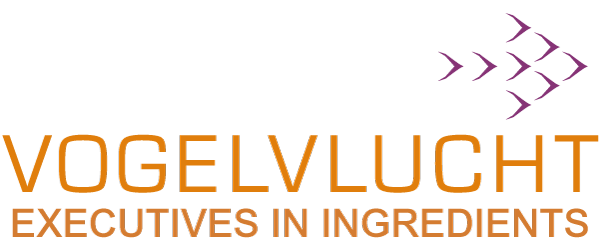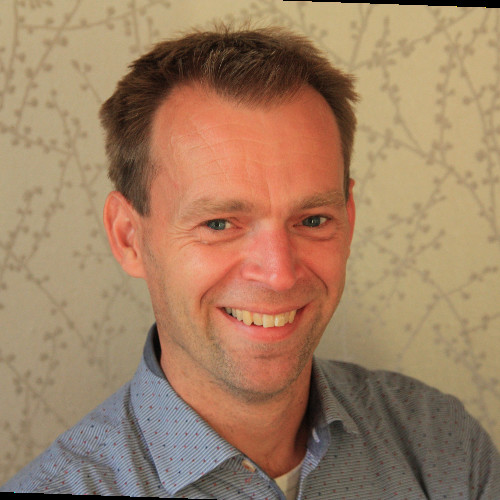Standardising the working methods and increasing the credibility of installations. Those are a few objectives of the asset maintenance strategy by Teijn Aramid in Emmen. Maintenance Manager Beert-Jan Kuiken talks about the developments in the industry and what it means for the work place.
“Maintenance serves the production”
What according to you is the most important development in the industry?
The most important development is Industry 4.0 That is automatizing and the making more intelligent of factories, so you get an insight into what really happens in the factory and how to prevent surprises. That brings new opportunities, due to more efficient work. The challenge is gathering information instead of only gathering data. Another important point of focus is the managing of expertise and skill. And the finding and keeping of good technical personnel.
Industry 4.0, in which way does Teijin Aramid respond to that?
To prevent surprises, we want to be able to foresee challenges. This is enabled through measuring and using prototypes. For instance, when the pressure declines, the volume or the use of electricity increases, it can be a sign to get into action.
An example: we recently made handy use of unplanned downtime in the factory. The machine was still on, so we used this instance to change the pump. That balances out downtime. At the same time, it indicates a massive advantage of Industry 4.0: you can plan maintenance much more effectively and prevent surprises.
What does it require from you as Maintenance Manager
The working area is big. The maintenance department takes care of legislations, regulations, reparations, replacements, managing new installations, etc. The danger is to get too caught up on one of these tasks, and losing sight of another, causing the constant need to carry out catch ups. The challenge is to keep sight of the whole, hereby reminding ourselves that we need to serve production. Because eventually, the factory needs to make high quality products.
In order to be able to make good use of the forecasting aspect of Industry 4.0 it is our responsibility to make the right choices and to focus n the most important installations. At Teijin Aramid in Emmen, the location where I work, most things are up-to-date and in control. It is my task to optimize the organization even more. For each function we need to define again the tasks, roles and responsibilities, so that everybody is doing what they are meant to, making it possible to work more effectively and together. In order to achieve that, we need a clear asset maintenance strategy, so everybody knows: this is the point on the horizon and that’s where we are headed. We formulated clear goals, for instance, about the number of incidents, the working method and the credibility. Everybody in our organization, from high to low, knows our objectives.
Technical personnel and managing expertise and skill are also important points of focus.
True. Finding, training and correctly applying technical personnel is a challenge. It is all about technical expertise and skill. Someone with the right education already has specific expertise at hand, but misses expertise proper to the factory. It is especially this factory-specific expertise that is important, but challenging to safeguard. Technicians built up their knowledge throughout the years by practicing and learning from their errors. The big question, thus, is: how do you transmit this specific knowledge?
That is what I’ll be focusing my attention on in the near future. It means working at the intersection between humans and technology. It’s a project that really excites me.
Because, how do you find out the experience of someone with twenty year experience in the factory, without them feeling tested or judged? In the meantime, I am very aware of the fact I do not have the answers. The technicians in the field possess the skills and expertise. Nevertheless, I have to ensure the competences and experiences are being recorded. A big challenge!


